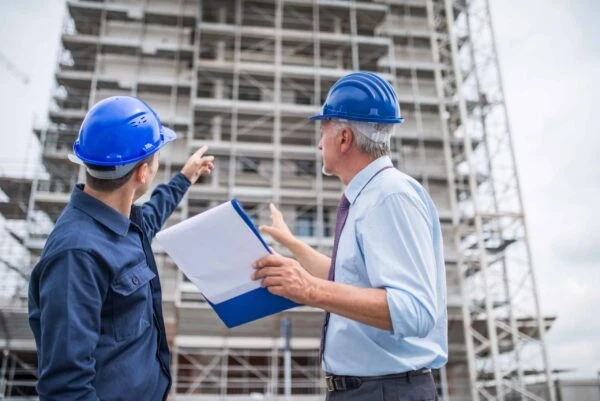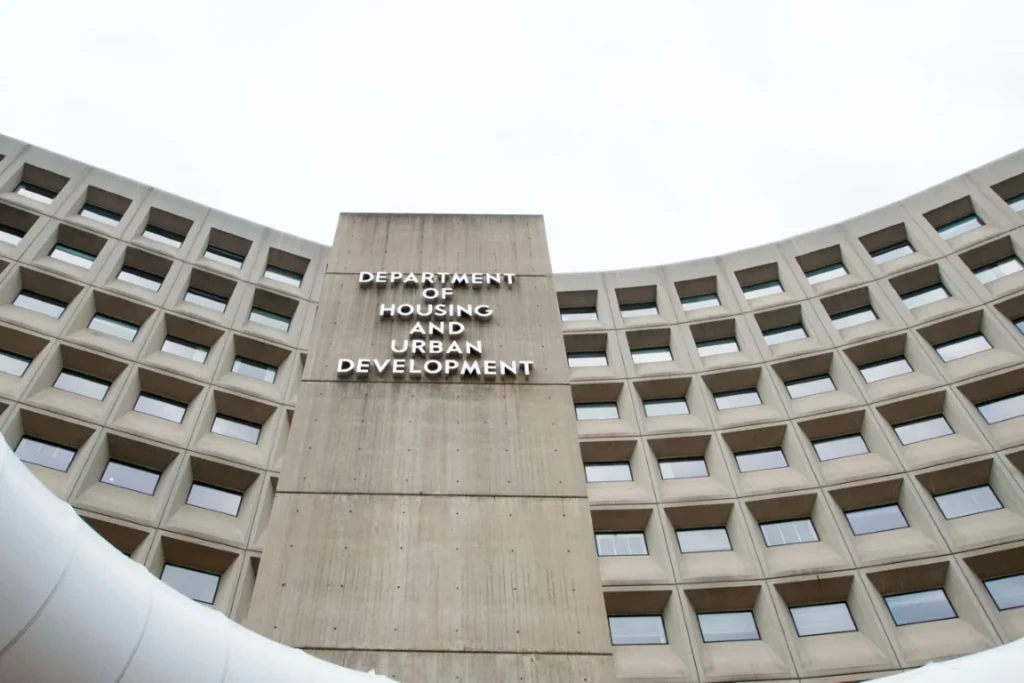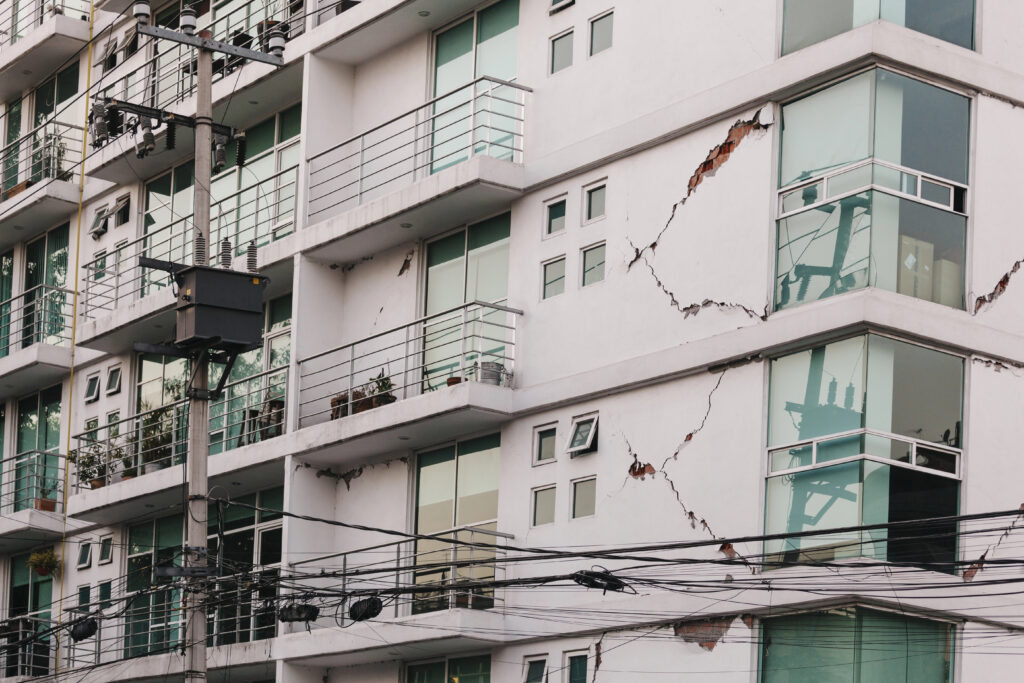
Seismic certification is the crucial aspect of ensuring that non-structural equipment is capable of withstanding seismic events while maintaining functionality. Critical needs facilities, such as hospitals, data centers, emergency operations centers, police and fire stations, and more need to be able to provide services 24/7, especially in the event of an emergency. The equipment in these facilities must not only survive a seismic event, it must remain operational.
Through obtaining seismic certification, manufacturers attest to the resilience of their products, building the confidence of building owners. While shake-table testing is the most commonly known method of equipment certification, one can also achieve seismic certification without shake-table testing. Here is a look into how this works.
Types Of Seismic Certification Methods
Certification can be achieved through testing, analysis, experience data, or a combination of methods.
Shake Table Testing
Shake table testing is the most commonly known method of seismic certification. This is a physical dynamic test where a structure (either a full-sized model or scaled down) is placed on a platform that moves on one or multiple axes. Shake tables simulate earthquake ground motions and the resulting motions of structures. Through placing equipment models on shake tables, engineers can determine if they can survive earthquakes.
Experience Data And Analysis
Seismic analysis and seismic performance database methods certify equipment without the need for shake-table testing. This process is approved by multiple review authorities, such as the IBC, UFC, ASCE 7, and more to ensure equipment is up-to-code and will perform as needed.
Why Choose Seismic Certification Without Shake-Table Testing
While shake-table testing is a tried-and-true method of seismic certification, there are a few reasons why one may opt for seismic certification without shake-table testing. Some of which are as follows.
No Risk Of Breaking Equipment
With analysis and experience data methods, the engineers don’t really have to touch the equipment in order to do their job. This is an advantage to clients, as the whole process of shake-table testing can result in damage to custom, expensive equipment. As shake-table testing means having to ship the equipment to a testing facility, testing it, and then shipping it back to the client, this results in higher risk of equipment breakage.
Quick Turnaround
Since there’s no shipping of equipment, analysis and experience data certification reports can be prepared in a matter of weeks, rather than the months to a year one would wait for shake-table testing.
Cost-Effective

Seismic certification without shake table testing is typically far more cost-effective. This is due to an overall decrease in necessary costs to achieve this type of certification. With no shipping, physical testing, and use of expensive facilities, seismic certification through analysis and experience data can save clients hundreds of thousands of dollars, while ensuring their equipment is up-to-code.
100% Success Rate
Every project that VIE has worked on through using analysis and experience data has been approved by the appropriate review authorities, be they government agencies, private sector, or anothers.
Seismic Certification By Analysis And Experience Data In The United States
VIE Engineers is one of the few engineering firms in the United States that provides seismic certification via analysis methods rather than shake table testing. VIE has successfully performed seismic certifications for numerous classes of equipment, including electrical equipment, mechanical equipment, and instrumentation and controls.
Our engineers have a 100% success rate in getting seismic certifications approved through the appropriate review authorities, such as from governmental agencies. Through our methods, we have saved our clients hundreds of thousands of dollars, while ensuring that equipment capacities are verified as being greater than the required minimum response spectrum.
To learn more about our seismic certification without shake-table testing or any of the other seismic engineering services that we provide, please don’t hesitate to contact us today.






